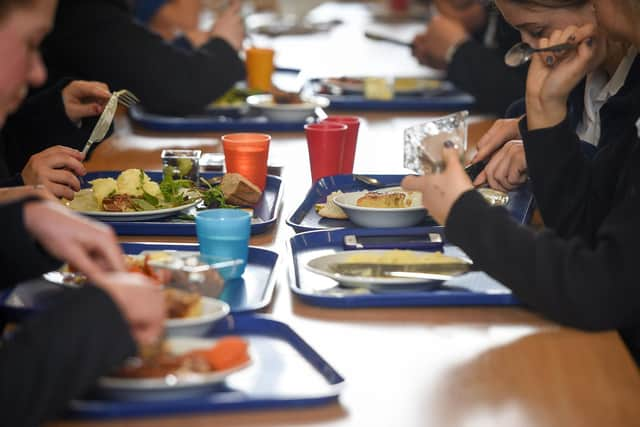Poorer students in Wigan significantly less likely to go to university according to recent figures


Campaigners say the university access gap across England – which is as large now as it was 14 years ago – is evidence of “stubborn and ingrained inequalities” in the education system.
Data from the Department for Education shows that of 425 students in Wigan who received free school meals at the age of 15, 89 (20.9 per cent) were at university in 2019-20 – up from 19 per cent the year before. Of 2,991 other pupils in the area not on free school meals, 44.7 per cent were studying in higher education at the age of 19, which was also up from 43 per cent in 2018-19.
Advertisement
Hide AdAdvertisement
Hide AdThis meant that the progression rate gap between poorer pupils and non-disadvantaged students was 23.8 percentage points last year, though this is down from 23.9 in 2018-19.
Across England, 26.6 per cent of pupils who received free school meals at age 15 were participating in higher education in 2019-20, compared to 45.7 per cent of those who did not receive meals. At 19.1 per cent, this gap is the widest it has been since 2005-06.
In Wokingham, in the South East, the difference was 40.9, compared to just 7.1 in the London borough of Westminster.
The Sutton Trust, which campaigns for equal access to high quality education, called for further Government funding to address the problem, as well as more support from universities for low-income students.
Advertisement
Hide AdAdvertisement
Hide AdIn Wigan, just 1.2 per cent of pupils eligible for free school meals progressed to high-tariff institutions – universities with higher entry requirements – by the age of 19, compared with 8.7 per cent of those not eligible.
Geoff Barton, general secretary of the Association of School and College Leaders, said: “The educational attainment gap between disadvantaged children and their peers starts early in life and then continues to widen. Money is not the whole answer, but it is important nonetheless and there has to be more Government investment in early years education, schools and colleges, and in tackling child poverty.”
Thanks for reading. If you value what we do and are able to support us, a digital subscription is just £1 for your first month. Try us today by clicking here and viewing our offers.
